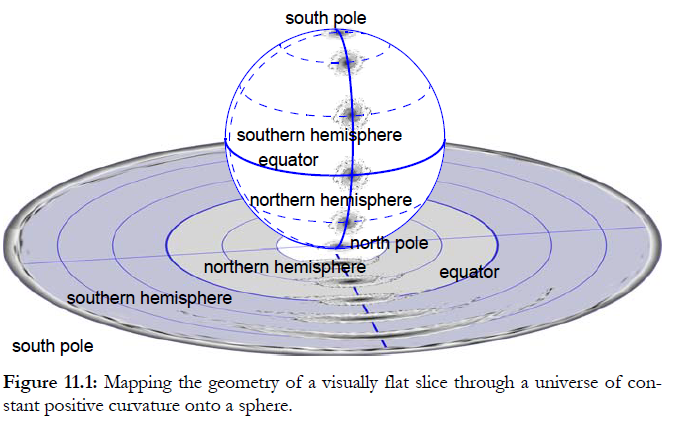I have a question on co-moving and synchronized reference systems. I read the corresponding section (97) in Landau/Lifshitz's second book "Field Theory" on it. In particular it is said that space filling matter cannot be in rest in such a system except in case of dust-like matter with pressure $p=0$. This is the case I am interested in. Because further on in section 103 of Landau/Lifshitz a solution of Einstein's field equations (EFE) is discussed with just this assumption. Would an observer in such a system observe all surrounding collapsing particles in rest with respect to him? What is with the shells/layers of dust above and below the observer? Don't they experience a different acceleration towards the point where everything is collapsing to?
I also seem to have an example of matter moving a comoving synchronized system. A Robertson-Walker metric seems to describe a comoving synchronized system of the cosmic matter in the universe. If cosmic matter would not move WRT such a system, how would it be possible to notice the expansion of the universe ? So if matter apparently moves in such a system, what distinguishes it from a simple rest frame of single chosen particle (participating in an expansion or a collapse) while the other particles of the matter distribution move with respect to it ?
EDIT:
Another feature I strongly wonder about is the fact that points observed in such a system keep staying on geodesic lines have the same time-coordinate (the eigen-time) according the definition of the synchronised respectively co-moving reference system:
$$ds^2 =dt^2 -\gamma_{ab}(t) dx^a dx^b \quad \text{with} \quad a,b=1,2,3$$
Nevertheless -- using again the example of the expanding universe -- 2 galaxies of large distance among them would have a different time due to their relative motion due to the cosmic expansion. Another example are particles participating in a gravitational collapse which is also described by a synchronised/co-moving reference system:
$$ds^2 = dt^2 - e^\lambda(t,R)dR^2 -r^2(t,R)d\Omega^2 $$
To recap:
1) What means "co-moving" ? Is it meant to be only locally or even globally ?
2) Why is it possible to use the same time coordinate in such a system, although different points in such a system exert relative motion to each other which leads to different times at these points ?


